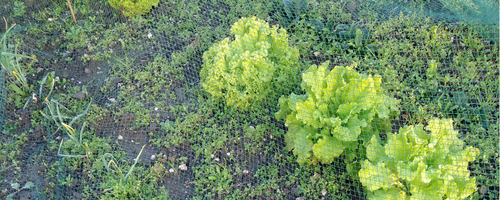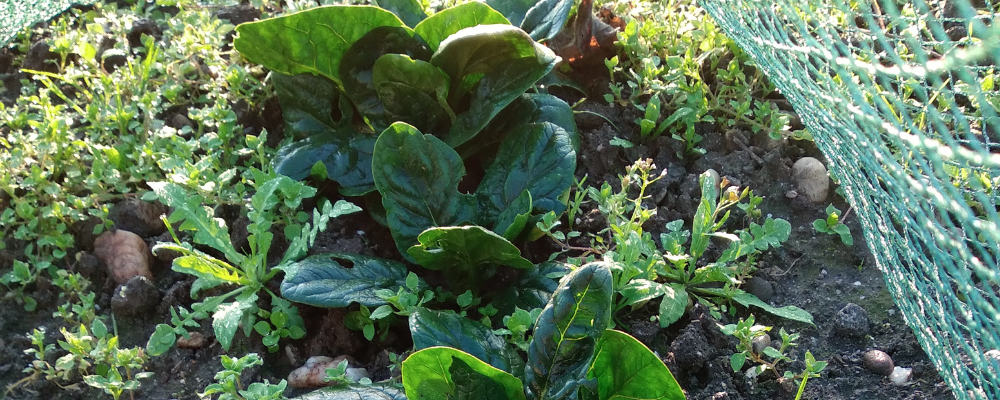Good resolutions for the new year
Good resolutions for the new year
Now the New Year is coming and many people are making resolutions that they want to implement next year: exercise more, stop smoking, etc. Who hasn't made resolutions themselves? Most of the time, they don't last too long and they don't come to fruition. Sport, smoking and drinking are not things I need to work on, but for the last three years, weeds have regularly overgrown parts of my garden. Of course, I also had excuses as to why this happened, some of which were understandable (health problems and vacation). When the sown area resembles nothing more than a green carpet of weeds, I lose the desire to take up the fight. 2023 is supposed to be better, but how? With chemicals and selective pesticides? Probably not! We need a plan that puts a stop to the "green weed flood", or at least makes it manageable.
What so I want to do?

- weeding: Yes, there will be no way around it, I will have to do more of the unloved weeding and hoe more often and weed in the rows.
- One of the main problems is probably that some vegetable seeds sometimes take a very long time before they are clearly recognizable and distinguishable from weeds. I want to ensure a better sowing time with a soil temperature measurement and thus optimize the "lying time" of the seeds. Then there should be a chance that I will see the carrots despite the weeds, even if I have sown them thinly (examples of onions and carrots).
- bed hygiene: This means simply removing weeds rigorously all the time so that no flowers/seeds are produced that will also burden the bed the following year. This is a lengthy process that can only be successful if strictly applied over many years. But you have to start once. Bed hygiene also extends to diseased plants that harbor diseases, fungi and "vermin" in the bed and thus threaten next year's harvest. However, I will not go into this in detail here.
- the "false seedbed": The aim of this method is to reduce the weed pressure on the emerging seed. To do this, the seedbed is made completely ready for sowing approx. 3 weeks before the planned sowing date. Now we hope that the weeds will emerge quickly. If the weeds have optimal conditions (warmth and moisture), they should germinate quickly. At this point, it is important to combat them immediately by mechanical means (shoveling). Deeper tillage should be avoided to prevent new weed seeds from coming up. If necessary, this measure should be repeated and, in dry conditions, the soil should be moistened to encourage as many weed seeds as possible to germinate. You can then sow the seeds, making sure that you do not work deeper than 5 cm/2 in if possible. If you want to learn more about this method, you should find out about the germination time and germination temperature of the respective weeds in order to achieve optimum success. I hope that I have the discipline to weed and can minimise the weed pressure on my plants with the "false seedbed" and the optimum sowing time. Perhaps I was able to give some of you some inspiration for the next season. Schöpp op wishes you a good garden year 2023!
